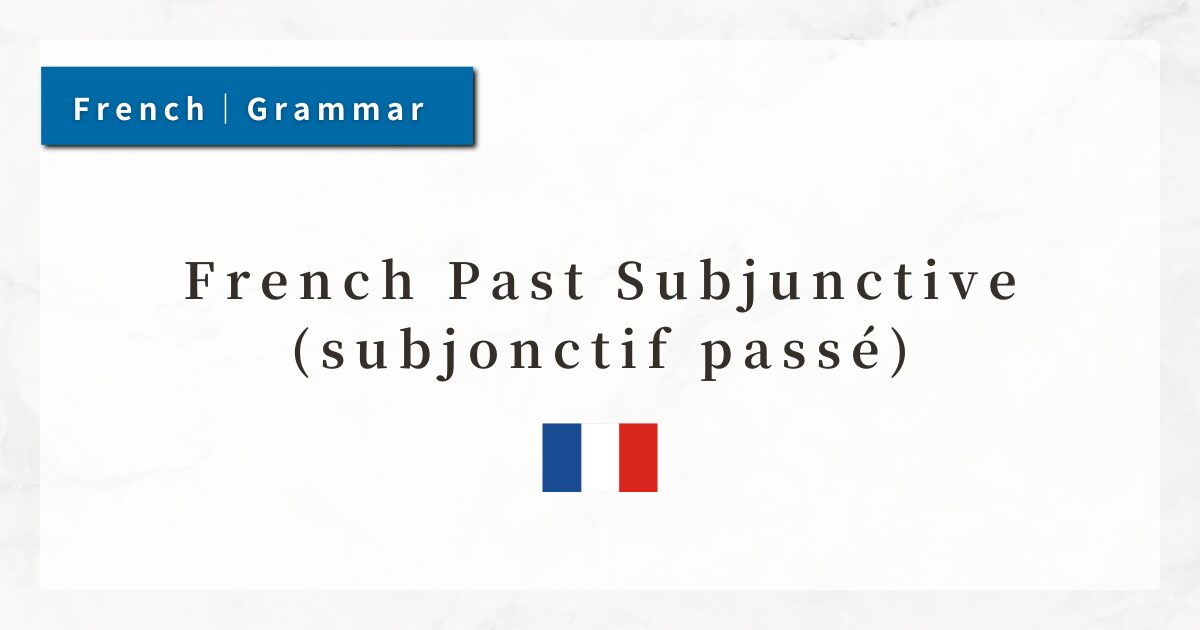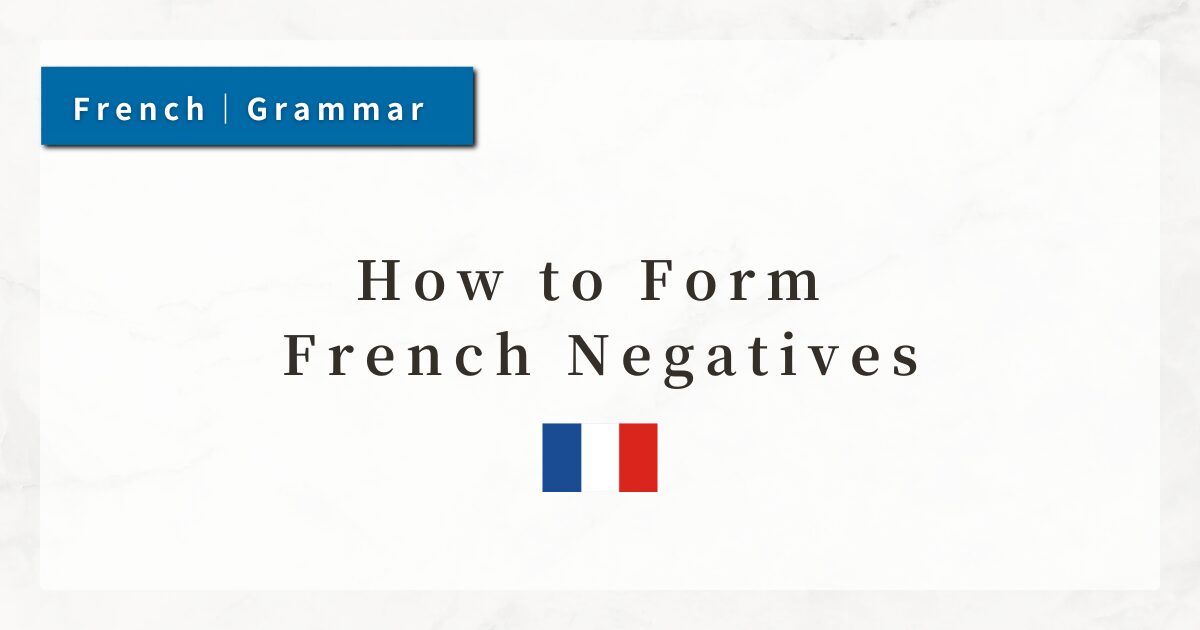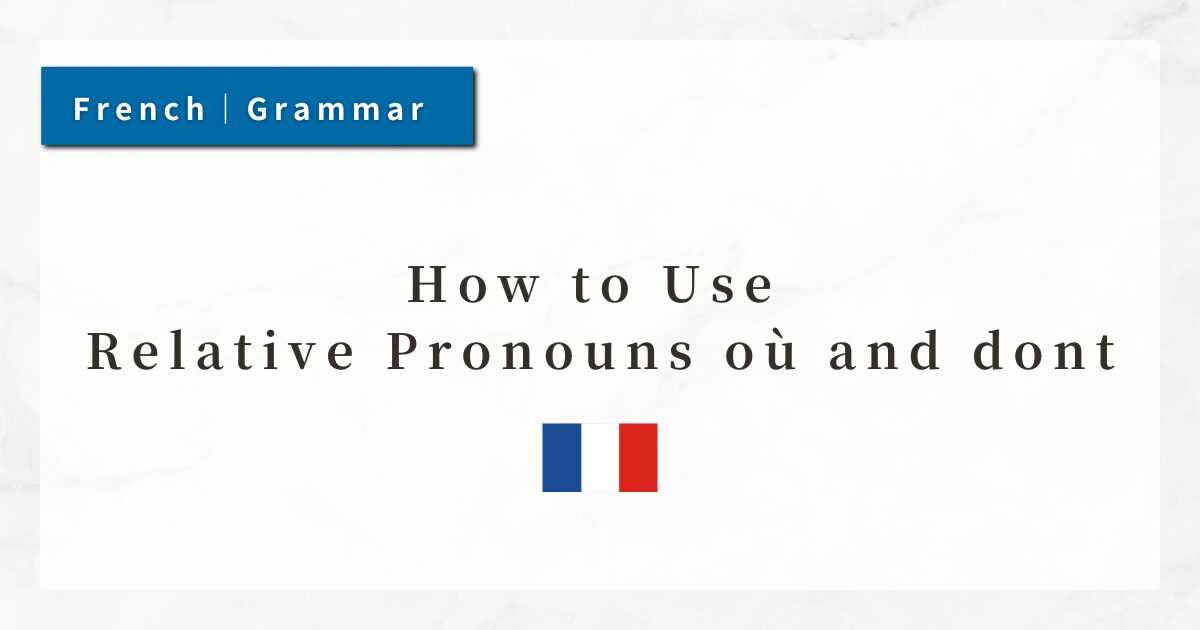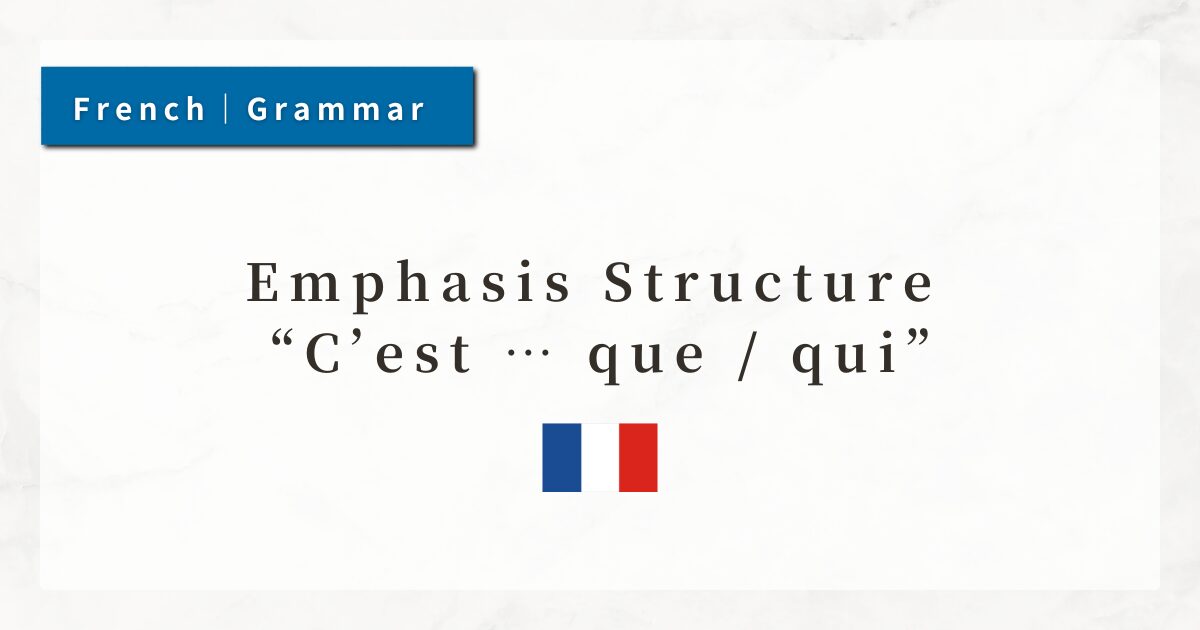#79 How to Use the Expression “C’est”|Basic Usage with Examples

The French expression C’est is one of the most commonly used phrases. It is close in meaning to English “This is” or “It’s”, and it appears frequently in both spoken and written French.
It can be used for describing people, things, or situations, expressing opinions, or indicating time and dates. Because of its wide range of applications, mastering C’est early on will be very helpful.
In this lesson, I will explain the basic uses of C’est as well as more advanced patterns, with practical examples.
1. Basic Structure and Meaning of C’est
C’est is the contracted form of “Ce + est”. It is placed at the beginning of a sentence and means “This is…” or “That is…”.
- C’est un livre.
(This is a book.) - C’est Marie.
(This is Marie.)
Ce is a demonstrative pronoun meaning “this/that,” followed by est, the third-person singular form of the verb être (“to be”).
Important: You never say “Ce est”. It is always contracted to C’est.
2. When Used with Nouns
2-1. C’est + Indefinite Article + Noun
This structure is used to introduce new information or to present something for the first time.
- C’est un film intéressant.
(This is an interesting movie.) - C’est une idée originale.
(This is an original idea.)
This form is extremely common in conversation and is the first one to master.
2-2. C’est + Proper Noun
C’est is also used when introducing people, cities, or countries.
- C’est Paul.
(This is Paul.) - C’est Paris.
(This is Paris.)
It is especially useful for self-introductions or introducing others.
3. When Used with Adjectives
When followed by an adjective, C’est is used to give opinions or impressions about situations or things. The adjective does not change according to gender or number. It always stays in the masculine singular form.
- C’est beau !
(It’s beautiful!) - C’est intéressant.
(It’s interesting.) - C’est difficile.
(It’s difficult.)
For example, even though “beau” normally changes to “belle” when describing feminine nouns, in this structure it always remains “C’est beau”.
4. When Used with Pronouns or Demonstratives
C’est can also be used to point out, emphasize, or identify someone or something.
- C’est moi.
(That’s me.) - C’est lui.
(That’s him.) - C’est ça.
(That’s right. / Exactly.)
The phrase “C’est ça” is especially frequent in French as a way to agree with someone.
5. Expressing Time, Dates, and Days
C’est is also used when telling the day, date, or time.
- C’est lundi aujourd’hui.
(It’s Monday today.) - C’est le 14 juillet.
(It’s July 14th.) - C’est l’heure de partir.
(It’s time to leave.)
This pattern is useful for expressions like “Today is…” or “It’s time to…”.
6. Summary
- C’est (“This is/That is/It’s”) is one of the most frequently used expressions in French.
- It can be used with nouns, adjectives, pronouns, dates, and times.
- With adjectives, the form is always masculine singular, regardless of context.
- Short fixed expressions like “C’est ça” or “C’est bien” are essential and very practical in conversation.




